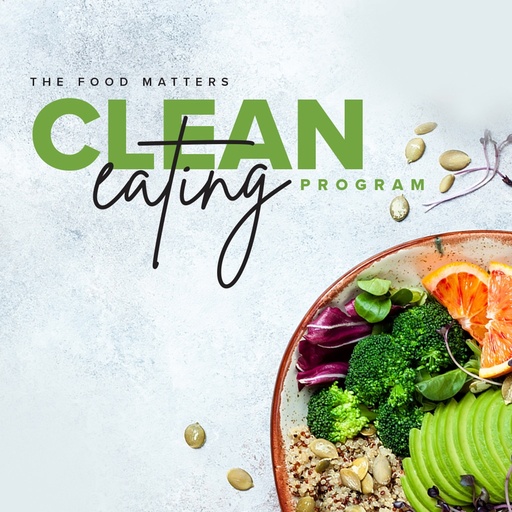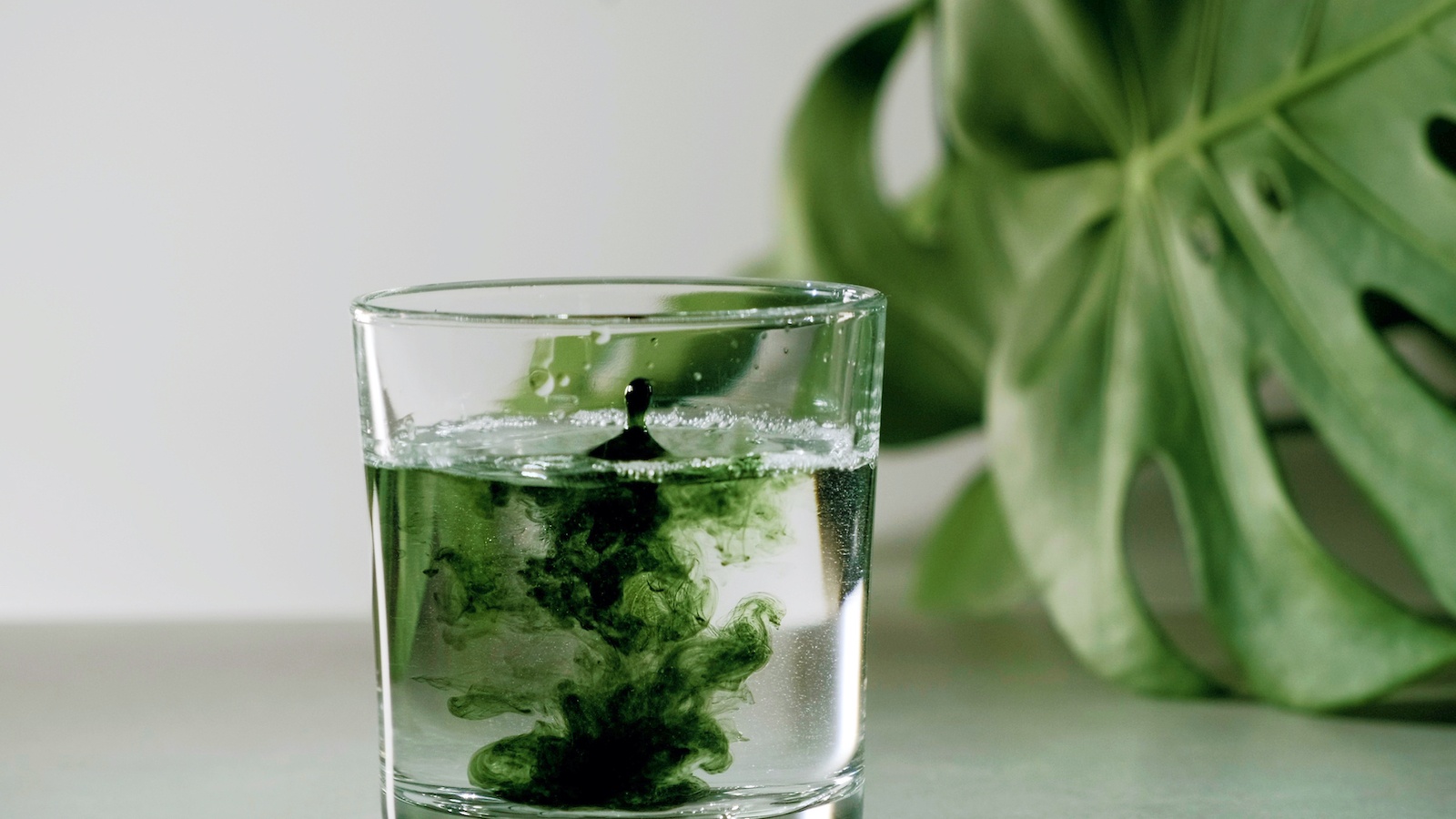Chlorophyll: Is This the Next Must Have for Vibrant Skin?
Eat your greens is an age-old adage in the health and wellness space. Some would even go so far as to suggest that Hippocrates came up with the saying himself. It’s a sentiment expressed far and wide with the intent of encouraging people everywhere to make the most of these micronutrient-rich foods for the sake of their health, tastebuds be damned. When chlorophyll emerged on social media as the silent beauty hero of 2021, as a skincare freak and healthy foodie, I was instantly obsessed. I needed to know more.
Chlorophyll sounded familiar. Perhaps I had had it in a smoothie bowl before, or maybe it was something I had learned in my nutrition degree, but after diving into the research I found I was wrong on both counts. Chlorophyll took me back to the days of Grade 9 science class, because it’s all about what plants do.
Why is everyone using chlorophyll?
Before diving too deep into the science behind this latest green goddess, it’s necessary to understand why the internet is losing their mind over this. Largely, it’s being used by teens (and struggling adults like me) around the world for it’s antimicrobial, anti-inflammatory, and redness-reducing capabilities - many of the key factors involved in acne. Just five minutes on video-sharing app TikTok will highlight videos of people drinking it in water, applying it topically, and singing it’s praises for clear, radiant skin.
How does it actually ‘work’?
If you can remember all the way back to middle school science, here’s the basic rundown on what chlorophyll does. Basically, chlorophyll is the substance that allows plants to draw sunlight to their leaves and conduct photosynthesis. It essentially allows for cell rejuvenation and growth. So what if we apply these same benefits to the skin?
Just like plants, chlorophyll attracts sunlight to your skin, and that way, it can have some role to play in treating acne or skin eruptions. It embraces a concept called ‘photodynamic therapy’, which has been loved by dermatologists for centuries. In this concept, a photosensitizing chemical substance is added to the skin. The skin is later exposed to blue or red light and this kills the acne-forming bacteria.
How is chlorophyll different from these light therapy treatments?
When we consume chlorophyll, it is making our skin more sensitive to sunlight - this can be beneficial if we are going in and using light therapy following to enhance the healing process. But by that same hand, if we’re just having some chlorophyll in the morning and going about our day, it can be damaging for the skin too. This is because we are constantly striving to protect our skin from the sun, but an increased chlorophyll intake is making it more sensitive to sun damage.
Does that mean chlorophyll is really the miracle cure we’ve been looking for? Well, yes and no, depending on how you’re using it! If you’ve got a set of at-home LED lights to give your skin the nourishment it needs (and a good quality, clean SPF), then it can be a valuable addition to your day. But if not, then you’re going to want to take care with your skincare!
Do you have a passion for nutrition & natural healing?. Learn more about the Food Matters Nutrition Certification Program here.










